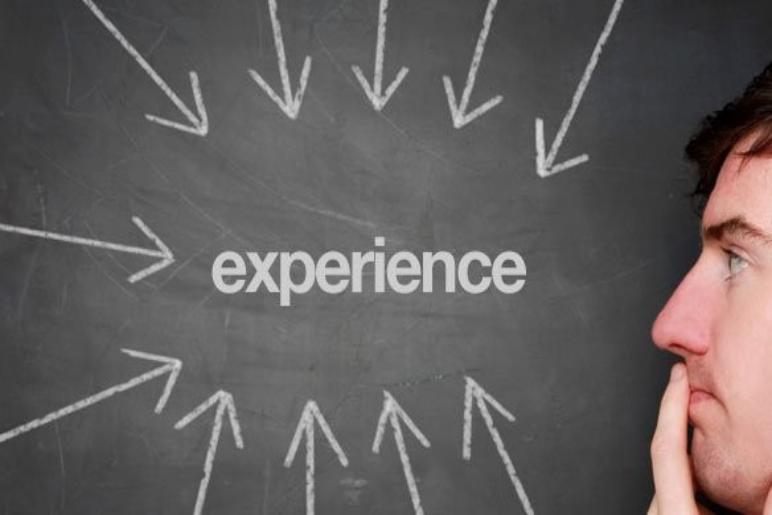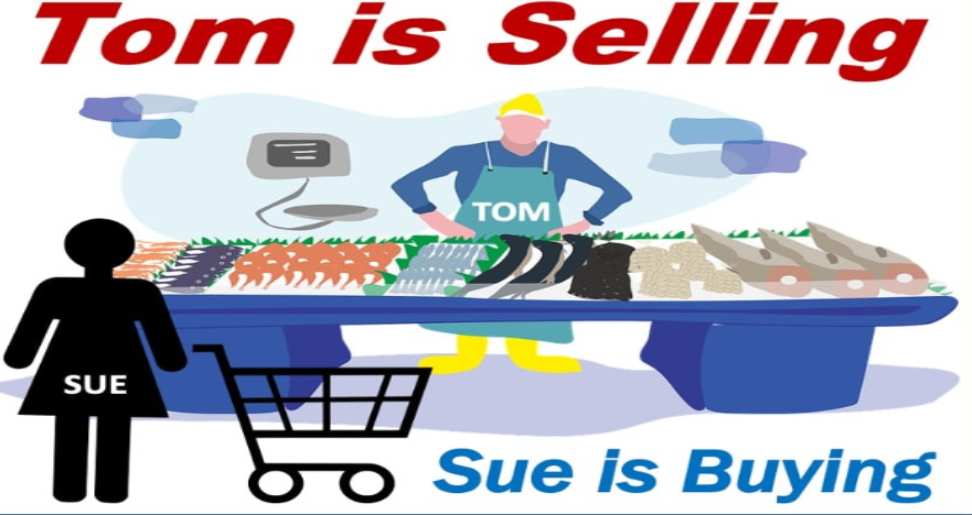Selling is the process of persuading a potential customer to purchase a product or service. It involves effective communication, understanding customer needs, and building relationships. Essentially, selling is about creating value for the customer and demonstrating how your product or service can solve their problems or fulfill their desires.
Key Components of Selling

Selling is an art and science that requires a combination of skills and knowledge. While the process might seem complex, it can be broken down into fundamental components.
Understanding the Customer
The cornerstone of successful selling is a deep understanding of the customer. This involves:
- Identifying needs: Pinpointing the customer’s pain points or desires.
- Building rapport: Establishing a connection and trust with the customer.
- Active listening: Paying close attention to the customer’s words and body language.
Product Knowledge
A thorough understanding of the product or service is essential. This includes:
- Features and benefits: Knowing the product’s attributes and how they solve customer problems.
- Competitor analysis: Understanding the competitive landscape.
- Product demonstrations: Effectively showcasing the product’s value.
Effective Communication

Clear and persuasive communication is vital for selling. This involves:
- Active listening: Paying attention to the customer’s needs and concerns.
- Clear articulation: Explaining product benefits in a concise and compelling manner.
- Overcoming objections: Addressing customer concerns and doubts confidently.
Closing the Sale
The final step in the selling process is closing the deal. This requires:
- Recognizing buying signals: Identifying when the customer is ready to purchase.
- Asking for the sale: Confidently requesting the order.
- Handling objections: Addressing any last-minute concerns.
Building Relationships
Long-term success in sales often depends on building strong customer relationships. This involves:
- Follow-up: Maintaining contact with customers after the sale.
- Customer service: Providing excellent support and assistance.
- Loyalty programs: Rewarding repeat customers.
The Importance of Selling: The Engine of Business

Selling is often the unsung hero of business success. It’s the driving force that converts products or services into revenue, fueling growth and sustainability. While it’s often associated with persuasion and closing deals, selling is much more than that.
Revenue Generation
At its core, selling is about generating revenue. Without sales, a business cannot cover its operational costs, invest in research and development, or reward its employees. A strong sales team is essential for ensuring a steady income stream.
Economic Growth
Sales contribute significantly to economic growth. When businesses sell more, they create jobs, stimulate demand for other goods and services, and contribute to overall economic prosperity.
Customer Satisfaction

Effective selling goes beyond simply making a sale. It’s about understanding customer needs and providing solutions. By building strong customer relationships, businesses can foster loyalty, repeat business, and positive word-of-mouth.
Business Growth
Sales are the catalyst for business expansion. Revenue generated from sales can be reinvested in marketing, product development, and new market entry, leading to business growth and diversification.
Innovation
Successful selling often requires identifying customer needs and pain points. This feedback can drive innovation and product development, leading to new and improved offerings.
Theories of Selling: Understanding the Customer Journey

Selling is both an art and a science. Over the years, various theories have emerged to explain the sales process and guide salespeople to success. Let’s explore some of the most influential ones:
AIDAS: Attention, Interest, Desire, Action, Satisfaction
One of the oldest and most widely known selling theories, AIDAS outlines a sequential process:
- Attention: Grab the customer’s attention through engaging communication.
- Interest: Stimulate curiosity and pique the customer’s interest in the product or service.
- Desire: Create a strong desire for the product by highlighting its benefits.
- Action: Guide the customer towards a purchase decision.
- Satisfaction: Ensure customer satisfaction post-purchase to foster loyalty.
The Buyer’s Journey
This theory focuses on the customer’s perspective, identifying three stages:
- Awareness: The customer recognizes a need or problem.
- Consideration: The customer explores potential solutions and evaluates options.
- Decision: The customer makes a purchase decision.
Understanding this journey helps salespeople align their efforts with the customer’s buying process.
Consultative Selling

This approach emphasizes building trust and rapport with customers by acting as a trusted advisor. Salespeople focus on understanding customer needs and providing tailored solutions rather than simply pushing products.
Solution Selling
Similar to consultative selling, solution selling focuses on solving customer problems. However, it goes a step further by creating customized solutions that address specific customer challenges.
Relationship Selling
This theory emphasizes building long-term relationships with customers based on trust, mutual respect, and open communication. It focuses on customer retention and loyalty rather than short-term sales.
These are just a few examples of the many selling theories that have shaped the sales profession. While each theory offers valuable insights, the most effective salespeople often combine elements from different approaches to adapt to the evolving needs of customers and the market.
Examples of Selling in Everyday Life

Selling isn’t just about closing a big deal; it’s a part of our daily interactions. Let’s explore some common examples:
Personal Selling
- Convincing a friend to try a new restaurant: You’re highlighting the benefits (delicious food, great ambiance) and overcoming objections (cost, location).
- Selling a used car: You’re showcasing the car’s features (mileage, condition) and negotiating a price.
Business Selling
- Retail sales: A salesperson helping a customer choose the right pair of jeans involves understanding their preferences, suggesting options, and closing the sale.
- Digital marketing: An online advertisement targeting a specific audience and enticing them to click a link is a form of selling.
- Real estate: Agents showcase property features, address buyer concerns, and negotiate offers.
Non-Profit Selling
- Fundraising: Convincing donors to support a cause involves highlighting the impact of their contribution.
- Volunteer recruitment: Encouraging people to volunteer their time requires explaining the benefits and impact of their involvement.
Selling Yourself
- Job interviews: You’re selling your skills and experience to a potential employer.
- Networking events: Building relationships and promoting your expertise is a form of selling yourself.
What Will Selling Mean in the Future?

The landscape of selling is undergoing a rapid transformation. As technology advances and consumer behavior evolves, the traditional sales model is being redefined. What will selling look like in the future?
The Rise of AI and Automation
Artificial intelligence (AI) is set to revolutionize the sales process. AI-powered tools can analyze vast amounts of data to identify potential customers, predict buying behavior, and automate routine tasks. While AI will enhance efficiency, human interaction will remain crucial for building trust and relationships.
Hyper-Personalization
With the abundance of data available, personalization will become the norm. Salespeople will be able to tailor their approach to each customer based on their preferences, behavior, and purchase history. This will require a deep understanding of customer data and the ability to leverage it effectively.
The Importance of Experience

As consumers become more demanding, providing exceptional customer experiences will be paramount. Selling will shift from a transactional to a relational approach. Building long-term relationships based on trust and value will be key to success.
The Role of Social Selling
Social media platforms will continue to be powerful tools for sales professionals. Building a strong personal brand and engaging with potential customers on social media will be essential. Social selling will become increasingly integrated into the sales process.
Ethical Selling
Trust and transparency will be paramount. Consumers will expect salespeople to be knowledgeable, honest, and ethical. Sales professionals who prioritize building trust and delivering value will thrive.
Conclusion

Selling is the art and science of persuading others to exchange value. It’s a dynamic process that requires a deep understanding of customer needs, effective communication, and the ability to build lasting relationships. While the core principles remain constant, the methods and strategies of selling evolve with the changing marketplace. Successful selling is not merely about closing deals but creating mutually beneficial partnerships.
Read more:
- The Importance of Timely Fleet Vehicle Service
- Alternatives to Payday Loans: Exploring Your Options
- Shooting Star vs Inverted Hammer: Understanding the Key Differences and How to Spot Them
Featured Image source: https://tinyurl.com/45vny68u

